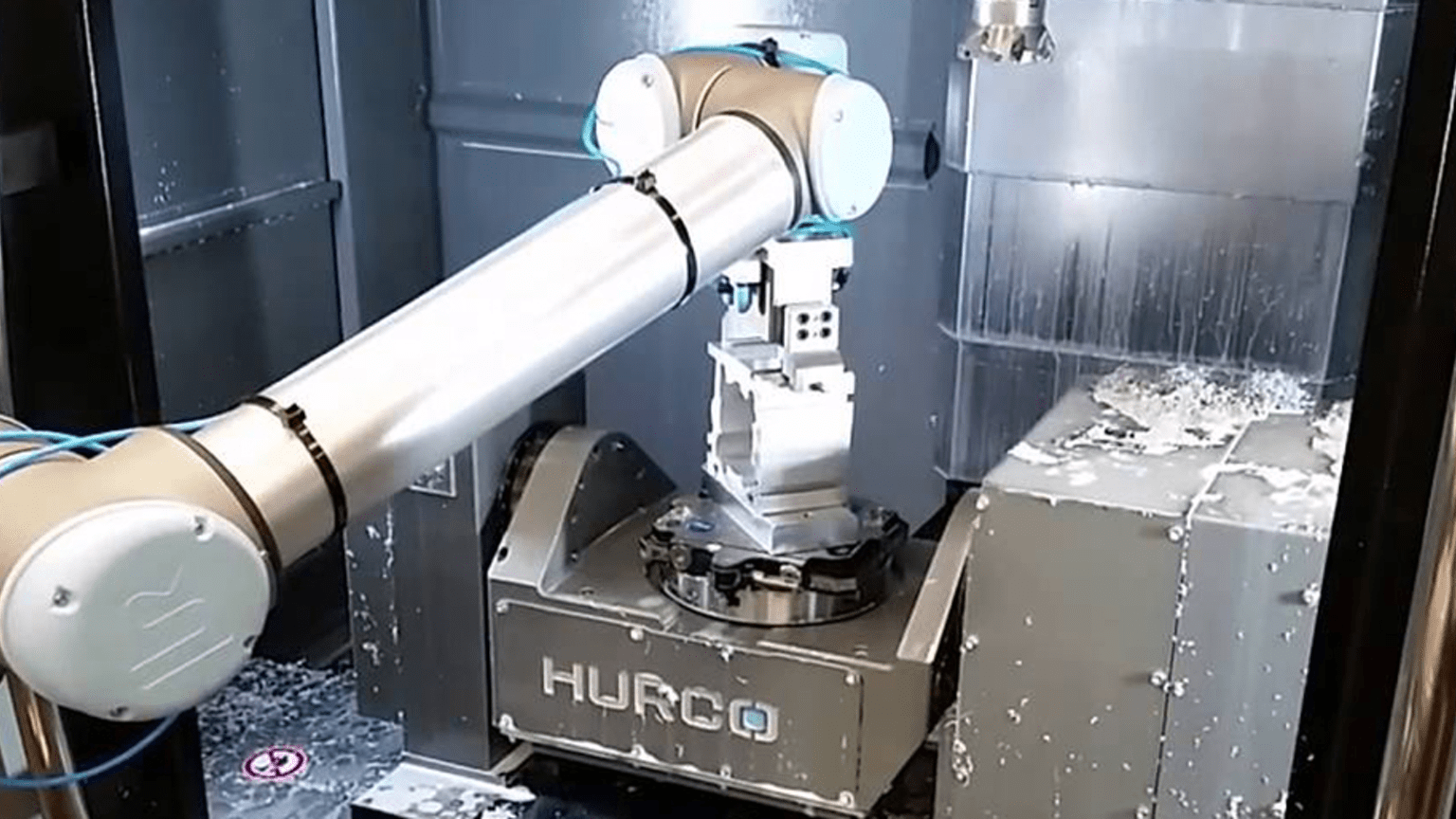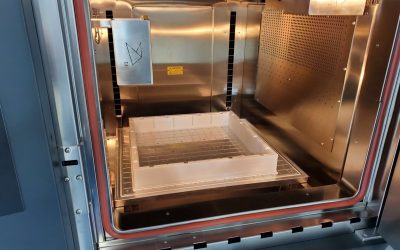General Electric researchers have designed, produced, and tested a 3D-printed heat-exchanger for turbine engines, both jet-propulsion engines and industrial gas turbines. The subscale model is the result of a $3.1-million project begun in 2019, led by GE Research through the U.S. Dept. of Energy’s Advanced Research Projects Agency’s (ARPA-E) High Intensity Thermal Exchange through Materials and Manufacturing Processes program (HITEMMP).
.
The effort also includes researchers at the University of Maryland and DoE’s Oak Ridge National Laboratory. The goal is to develop a “high temperature, high pressure and super-compact heat exchanger” for clean and more efficient power generation. “Being able to run power turbines and jet engines hotter translates into higher efficiency levels,” according to GE Research. A separate GE business unit, GE Aviation, was an early adopter of 3D printing/additive manufacturing technologies among OEMs, including some high-volume jet engine components. Another GE business, GE Additive, develops electron-beam and laser-based 3D-printing technologies and produces parts in specialty alloys for aerospace and biomedical manufacturers. The GE Research subscale, demo-version heat exchanger was tested at temperatures that the project’s goal of 900°C (1652°F) and achieves close to half the 250 bar (3626 psi) target pressure. For comparison, this exceeds by more than […]
Click here to view original web page at www.americanmachinist.com





0 Comments